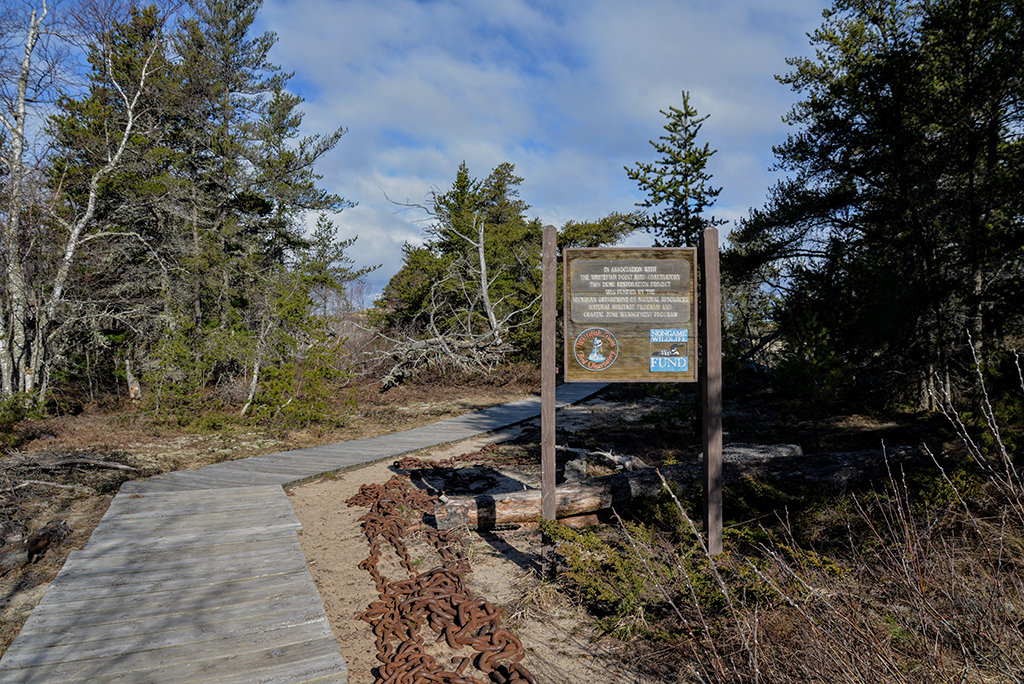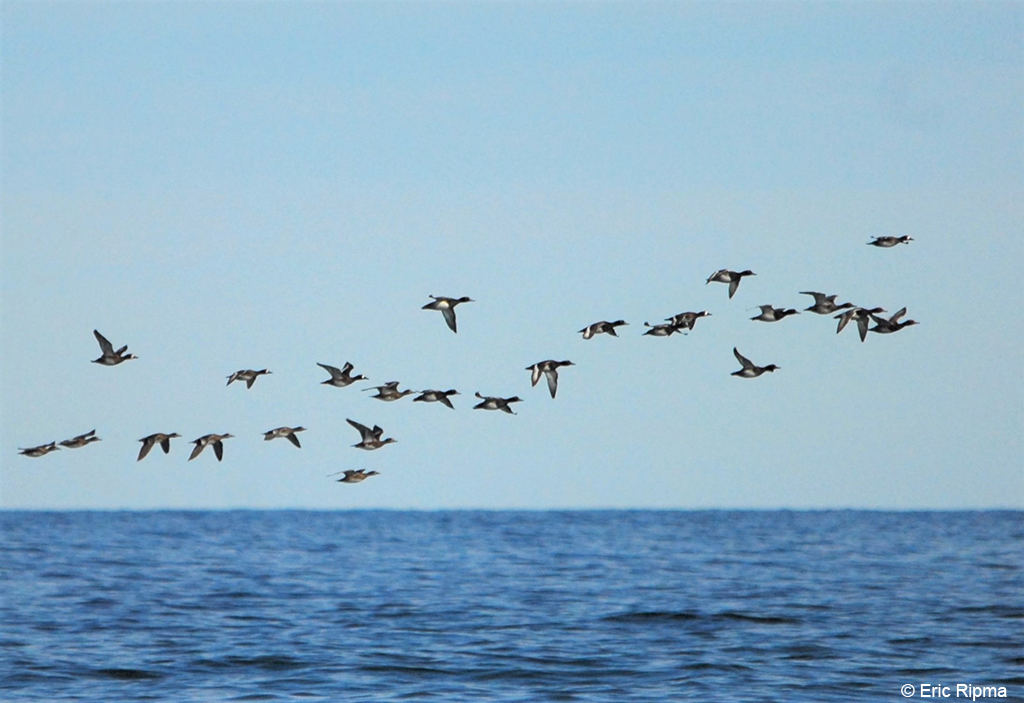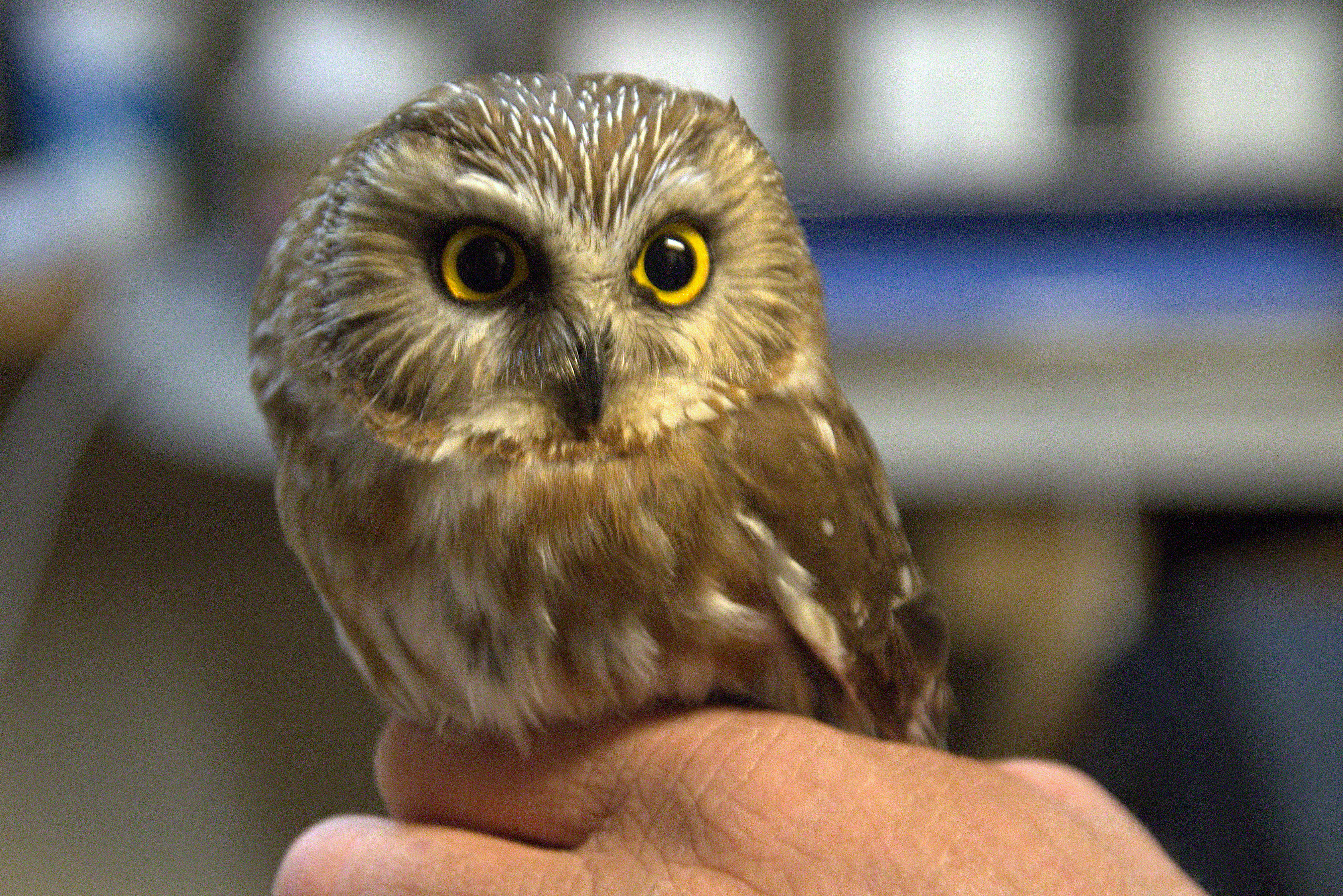Migration Monitoring and Owl Banding History
History of the Hawk Count
The hawk count at WPBO has been actively gathering migration data for over 25 years. WPBO is partnered with the Hawk Migration Association of America (HMANA) where you can view the numbers of hawks counted each day during migration. Visit the Migration Counts blog to read updates on ongoing counts or to learn about past counts.

History of the Waterbird Count
The spring waterbird count has been ongoing since 1984, and the fall count has been ongoing since 1989. It is one of the longest-running waterbird counts in North America. Before WPBO started documenting the waterbird migration at Whitefish Point, certain species such as Red-throated Loons, scoters, and Red-necked Grebes, were considered uncommon in Michigan. The spring migration of Common Loons is one of the largest in the country, but overall, spring waterbird numbers are a fraction of the volume of flight that passes by in the fall. The numbers of Red-necked Grebes are unsurpassed from any other site in North America. Visit the Migration Counts blog to read updates on ongoing counts or to learn about past counts.

Owl Banding History
Spring Owl banding has been ongoing since 1988, fall banding since 1993, and summer banding since 2006. Banding has historically focused on Northern Saw-whets and Boreal Owls, but other species are banded as well such as Great Grays and Long-eared owls. This long-running program has provided important data to help monitor owl populations and their fluctuations over time. Summer banding was added to study the movement of juvenile Northern Saw-whet Owls, and up to 537 have been banded during a single season. This exploratory project has provided the first ever documentation of an incursion of juvenile Saw-whets during the post-breeding period. Visit the Owl Banding blog to read updates on the project or to learn about specific past counts.

